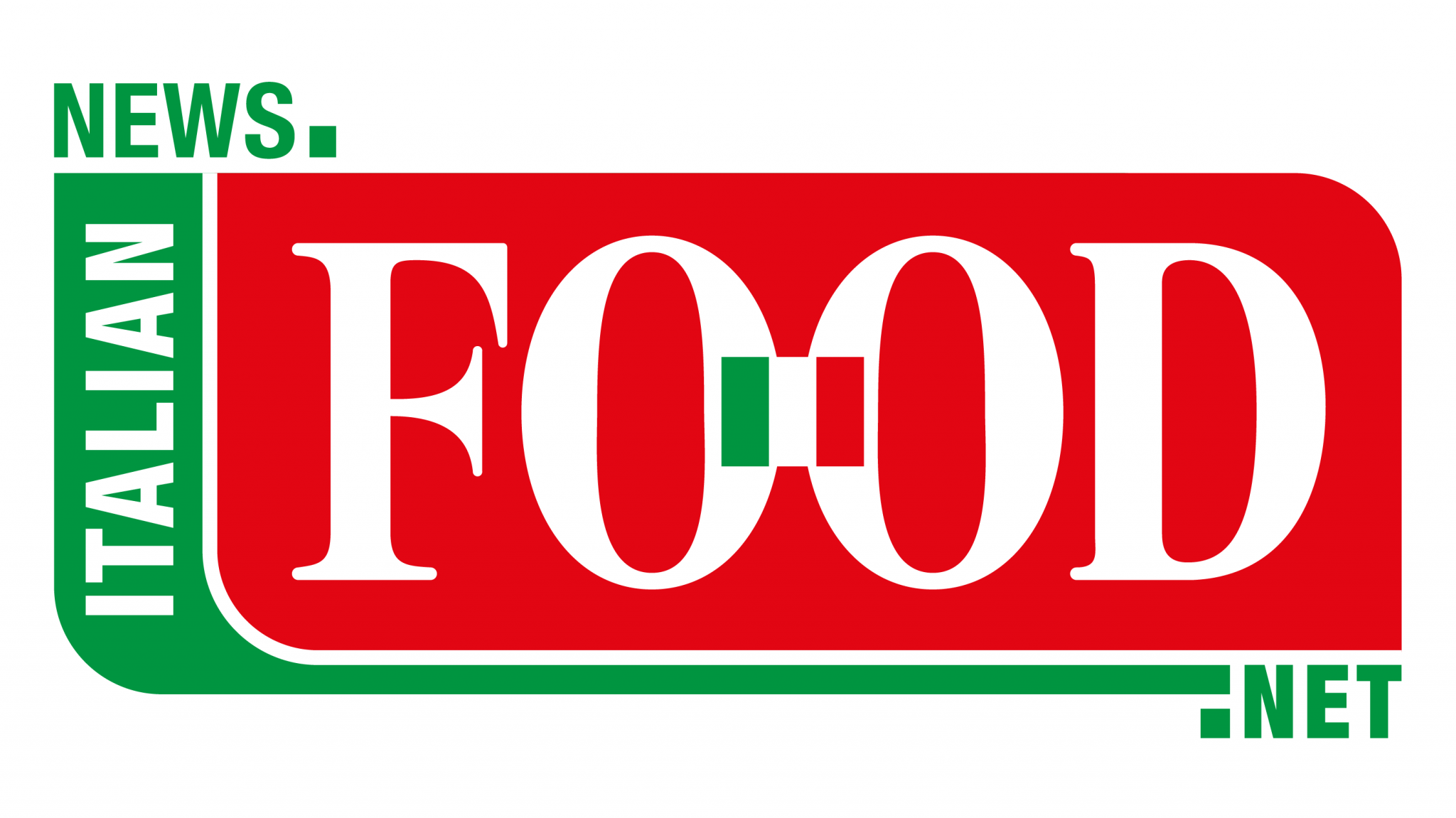
US President Donald Trump and European Commission President Ursula von der Leyen have agreed to impose a 15% tariff on goods imported to the USA from the European Union, effective 1 August — a move that averts the threat of a more damaging 30% rate but still represents a sharp increase in trade friction.
While the new levy triples the previous average tariff of 4.8% on EU products entering the US — with some foodstuffs like Italian dairy products already at the 15% threshold — the agreement marks a compromise well below the more punitive rate floated by Washington just weeks earlier.
Despite the relief, Italian officials and business leaders warn that the revised tariffs will carry significant consequences for key export sectors, particularly the €7.8bn agri-food trade that forms part of Italy’s €65bn annual exports to the US — its largest non-EU trading partner.
ECONOMIC STAKES FOR ITALY
The new tariff regime, while framed as part of a broader effort to rebalance transatlantic trade, introduces unprecedented uncertainty for Italian exporters. Though the deal outlines future “special regimes” that could provide reciprocal tariff exemptions, the details remain vague and subject to ratification.
Industry groups warn that unless exemptions are swiftly defined, many Italian firms could face an export slowdown, alongside potential knock-on effects on employment and investment.
SECTORAL RISKS AND INDUSTRY RESPONSE
“The 15% tariff is clearly better than the original 30% proposal, which could have inflicted up to €2.3bn in damage on US consumers and Italy’s agri-food sector,” said Ettore Prandini, president of Coldiretti, Italy’s largest agricultural association. “But the uneven impact across industries demands targeted EU compensation — particularly given the weakening dollar.”
Prandini urged Brussels to push for key products, such as Italian wine, to be included in the zero-tariff category. “Otherwise,” he warned, “we risk deep market distortions.”
CIA–Agricoltori Italiani, another major Italian farmers’ group, flagged a high probability of export losses, especially in strategic sectors. The group cautioned that rising costs may force businesses to either absorb the hit to margins or pass it on to consumers, weakening competitiveness and demand. The combination of higher tariffs and currency volatility, it said, could exacerbate the blow for Italian producers.
WINE, OIL, AND CHEESE IN THE CROSSHAIRS
Italian wine exports — which brought in €1.9bn from the US in 2024 — are among the most vulnerable. The American market absorbs nearly half of all white wine exports from Trentino-Alto Adige and Friuli-Venezia Giulia (€138mn), as well as large shares of Tuscan red wines (€290mn), Piedmontese reds (€121mn), and Prosecco (€491mn). Tariffs could undermine Italy’s market share, opening the door to global competitors such as Argentine Malbec, Australian Shiraz, and Chilean Merlot.
The olive oil sector faces similar pressure. The US, which buys 100,000 tonnes of Italian oil annually worth nearly €1bn, is the country’s largest non-EU market. Higher tariffs may tip the balance in favour of cheaper imports from Turkey, Tunisia, and South America. A potential glut on the European market could depress prices and damage domestic producers.
In the dairy industry, tariffs will disproportionately hit PDO cheeses such as Buffalo Mozzarella and Pecorino Romano, widely used by US food manufacturers. Other staples of Italian cuisine — including pasta, rice, and flour, which together account for nearly €2bn in exports to the US — also risk being caught in the crossfire. CIA warns that without mitigating measures, tariffs could erode employment and production capacity in a sector already facing global competition.
TARIFF HIKE THREATENS ITALIAN CURED MEAT EXPORTS TO US
The US tariffs risk dealing a significant blow to Italian meat and charcuterie producers already grappling with a volatile global market, according to Lorenzo Beretta, president of Assica, the Italian association representing the meat and charcuterie industry.
“The tariff hike represents a major setback for our companies, which are already operating in an extremely unstable international environment,” Beretta said. “The consequences will be felt by both Italian producers and American consumers, who will face an inevitable rise in prices.”
Unlike in 2019, when trade restrictions targeted specific product categories, the new duties apply across the entire cured meats sector, with dry-cured hams—the leading export item to the US—bearing the brunt of the impact.
The move comes at a particularly challenging time for Italy’s meat industry. Exports have already been curtailed by the spread of African swine fever, which has triggered sanitary restrictions and market closures in key destinations such as Japan and China. “The US has been a dynamic and expanding market for Italian cured meats in recent years,” Beretta noted. “But these new trade barriers risk halting that momentum, potentially dragging export levels back to those seen in 2022.”
